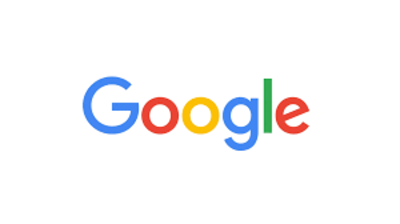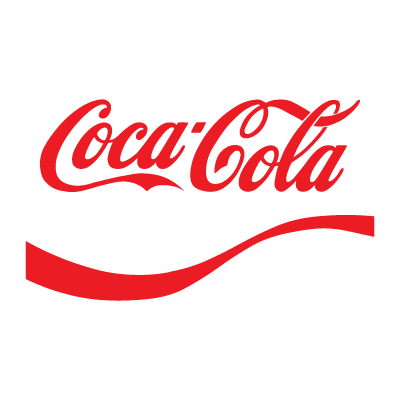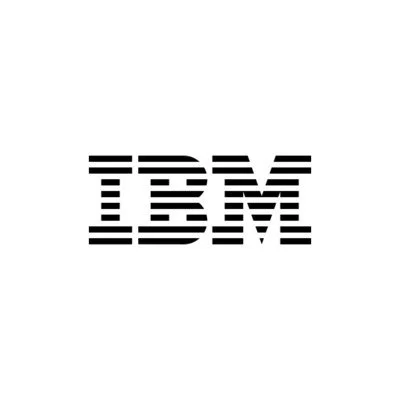The 6 Types of Logos: How to Choose the Perfect One for Your Brand Identity
A logo is more than just a graphic—it’s the face of your brand. It’s what people recognize, remember, and associate with your business. Choosing the right type of logo is crucial for building a strong, lasting brand identity.
There are six primary types of logos, each with unique characteristics and advantages. In this article, we’ll break down each type, provide well-known examples, and help you determine which one is the best fit for your brand.
1. Wordmark Logos (Text-Based Logos)
A wordmark logo consists of the brand name written in a stylised font. These logos rely on typography and design rather than symbols.
Characteristics:
Simple, clean, and easy to recognize.
Works best for brands with short, memorable names.
Font choice is critical—bold and modern for tech companies, elegant and serif for luxury brands.
Famous Examples:
Google – Uses a colorful yet simple sans-serif typeface.
Coca-Cola – Uses a unique, flowing script for brand identity.
Disney – A handwritten-style font that reflects creativity and imagination.
Is a Wordmark Logo Right for You?
If you want your brand name to be front and center without distractions, a wordmark logo is ideal. It works well for new businesses looking to establish name recognition.
2. Lettermark Logos (Initial-Based Logos)
A lettermark logo uses the initials of a brand’s name instead of the full name, making it more compact and sleek.
Characteristics:
Uses abbreviations instead of full business names.
Clean and minimal, making it versatile for different uses.
Relies on typography to stand out.
Famous Examples:
IBM – Uses bold, blocky letters for a tech-forward look.
NASA – A simple yet impactful design.
HBO – Streamlined initials make it easily recognisable.
Is a Lettermark Logo Right for You?
If your brand has a long or complex name, a lettermark can simplify it for easy recognition. This style is best suited for well-established businesses or those planning to build a strong, recognisable abbreviation.
3. Icon-Based Logos (Symbol + Text)
An icon-based logo combines a graphic element with text to create a memorable design.
Characteristics:
Uses a visual symbol alongside the brand name.
The icon can be abstract or representational.
Provides strong brand recognition, even without text.
Famous Examples:
Nike – The swoosh symbolizes movement and speed.
Apple – A simple apple silhouette represents innovation.
Target – A red bullseye that matches the brand’s name.
Is an Icon-Based Logo Right for You?
If you want a highly recognisable logo that can stand alone as a symbol, this is a great choice. Icon-based logos work well for brands with strong visual identities.
4. Abstract Logos
An abstract logo uses a unique, non-literal shape or design to represent the brand.
Characteristics:
Symbolic but not necessarily linked to a specific object.
Allows for creative interpretation.
Ideal for brands that want a unique, memorable identity.
Famous Examples:
Pepsi – A dynamic circular shape with red, white, and blue colors.
Airbnb – A custom shape that symbolizes belonging.
Adidas – Three stripes that signify movement and growth.
Is an Abstract Logo Right for You?
If you want a modern, unique, and versatile design, an abstract logo can set your brand apart. It allows for broad interpretation and avoids direct associations with specific products or services.
5. Emblem Logos (Badge-Like Designs)
An emblem logo consists of text inside a symbol or badge, often used by traditional or prestigious brands.
Characteristics:
Combines text and imagery into a single unit.
Often has a classic, prestigious feel.
Can be more intricate than other logo types.
Famous Examples:
Harvard University – Uses a shield with Latin text to represent academic excellence.
Starbucks – A detailed circular emblem featuring the mermaid icon.
Porsche – A crest-style emblem representing heritage and luxury.
Is an Emblem Logo Right for You?
If you want a logo that conveys tradition, prestige, or authority, an emblem logo is a great option. However, they can be harder to scale down for smaller branding materials.
6. Mascot Logos (Character-Based Designs)
A mascot logo features a character or illustrated figure that represents the brand’s personality.
Characteristics:
Fun, friendly, and engaging.
Often cartoon-style, appealing to a wide audience.
Works well for brands that want to be approachable.
Famous Examples:
KFC – Colonel Sanders is the face of the brand.
Pringles – Features a fun and recognisable mustachioed character.
Michelin – The Michelin Man is an iconic mascot.
Is a Mascot Logo Right for You?
If your brand is playful, family-friendly, or people-focused, a mascot logo can create a memorable and engaging identity.
How to Choose the Right Logo for Your Brand
Now that you understand the six logo types, how do you decide which one is best for your brand?
1. Consider Your Brand Personality
Modern & Minimalist? Wordmark or Lettermark.
Prestigious & Timeless? Emblem.
Creative & Unique? Abstract or Icon-Based.
Fun & Approachable? Mascot.
2. Think About Scalability & Use Cases
Will your logo appear on merchandise, websites, social media, or large banners?
Icon-based and abstract logos scale well across different platforms.
3. Assess Your Industry & Competitors
What type of logos do successful competitors use?
Do you want to stand out or align with industry trends?
Final Thoughts & Next Steps
Choosing the right logo is an essential step in building your brand’s identity. Whether you prefer a wordmark, emblem, abstract, or mascot, your logo should align with your brand’s mission and audience.
🚀 Ready to create a logo that represents your brand perfectly? Fill out our Branding Questionnaire today and get expert guidance on designing a logo that fits your vision!













